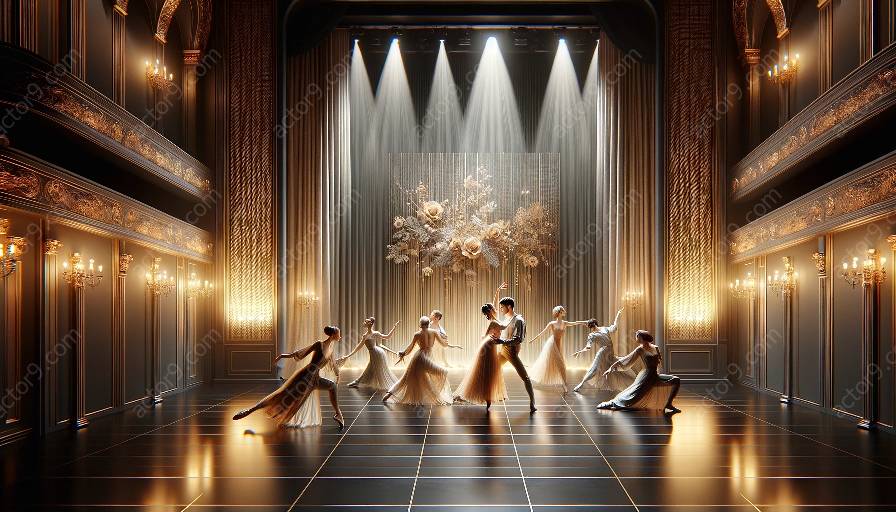The development of physical storytelling techniques in acting and theater has significantly impacted the way audiences perceive and engage with theatrical pieces. This topic cluster delves into the relationship between movement and physicality in acting, and how they influence the audience's reception of a performance.
Understanding Physical Storytelling Techniques
Physical storytelling in theater involves the use of the body to convey narrative and emotions, often without relying on dialogue alone. This can include gestures, posture, movement, and facial expressions to communicate a character's thoughts and feelings. The development of these techniques has evolved over time, incorporating elements of dance, mime, and physical theater to create a rich and diverse vocabulary for performers to express themselves physically.
Enhancing Emotional Impact
One of the key benefits of using physical storytelling techniques is the ability to enhance the emotional impact of a theatrical piece. Through the use of expressive movement and physicality, actors can convey a deeper level of emotion that resonates with the audience on a visceral level. This can create a more immersive and powerful experience for theatergoers, allowing them to connect with the characters and themes of the performance in a profound way.
Engaging the Senses
Movement and physicality in theater also play a crucial role in engaging the audience's senses. By incorporating dynamic and visually stimulating movements, performers can captivate and hold the attention of the audience, drawing them into the world of the play. As the audience becomes more physically engaged in the performance, their overall reception of the theatrical piece becomes more immersive, leading to a more memorable and impactful experience.
Creating a Memorable Experience
When physical storytelling techniques are effectively employed, they have the power to create a truly memorable experience for the audience. The combination of skilled movement, physicality, and acting can leave a lasting impression on theatergoers, making a production stand out in their minds. Whether through awe-inspiring choreography, subtle gestures, or powerful physical performances, the impact of physical storytelling on audience reception is undeniable.
Challenges and Opportunities
While physical storytelling techniques offer numerous opportunities for enhancing audience reception, they also pose challenges for performers. Mastery of movement and physicality requires dedication, training, and a deep understanding of the expressive potential of the body. However, overcoming these challenges can lead to rewarding outcomes, including a more compelling and resonant connection with the audience.
The Intersection of Acting, Theater, and Physicality
The development of physical storytelling techniques has further blurred the lines between acting, theater, and physicality. Performers are increasingly exploring the fusion of these elements, creating performances that rely on a holistic approach to storytelling. This interdisciplinary approach enriches the theatrical landscape, offering audiences a diverse range of experiences that push the boundaries of traditional performance norms.
Conclusion
In conclusion, the development of physical storytelling techniques has had a profound impact on the audience's reception of theatrical pieces. By enhancing emotional impact, engaging the senses, and creating memorable experiences, movement and physicality in acting have elevated the art of theater. As performers continue to refine and innovate these techniques, the future of acting and theater holds endless exciting possibilities for captivating and captivating audiences.















































